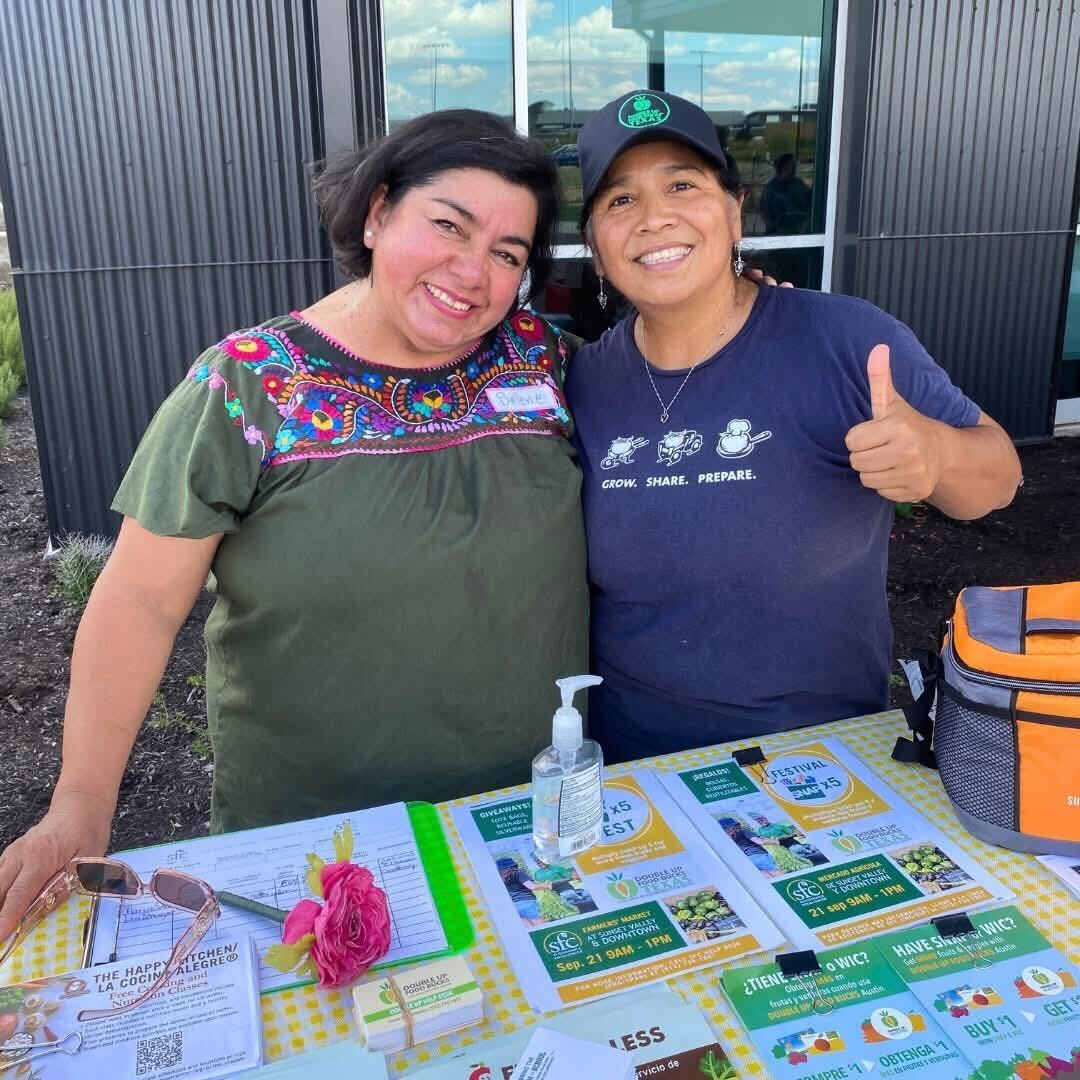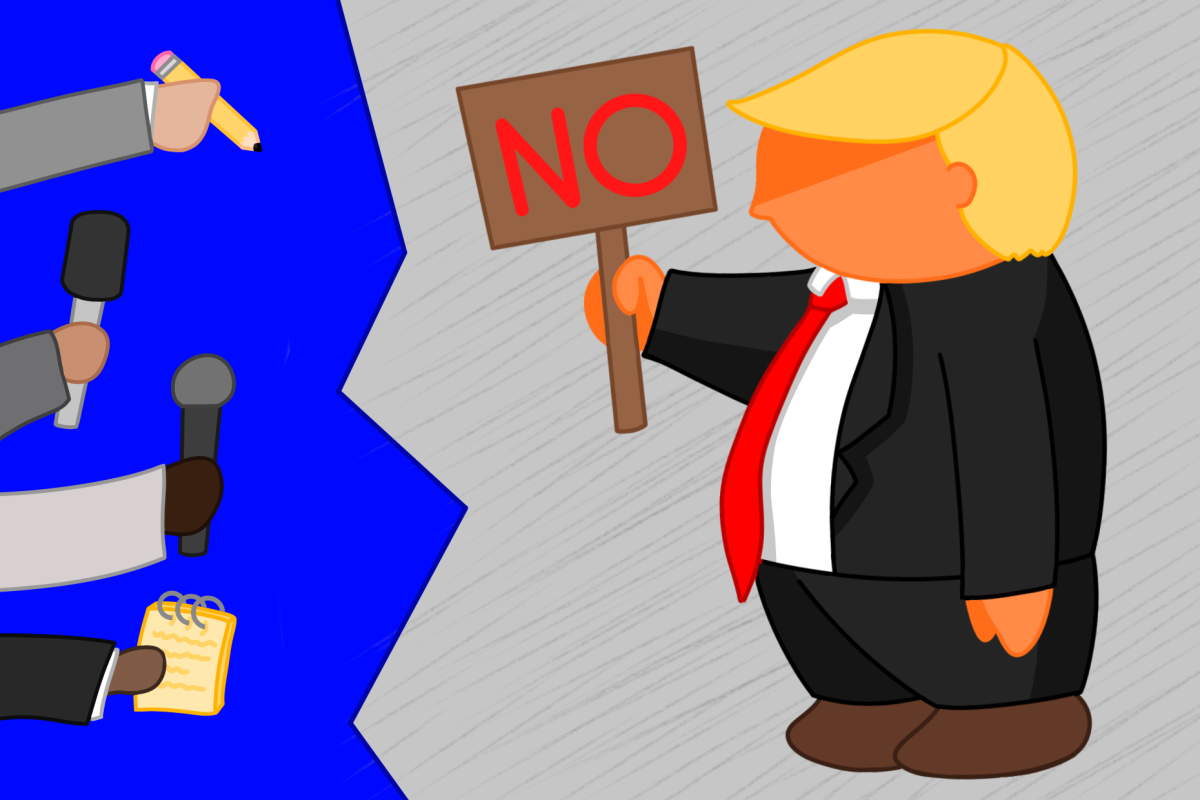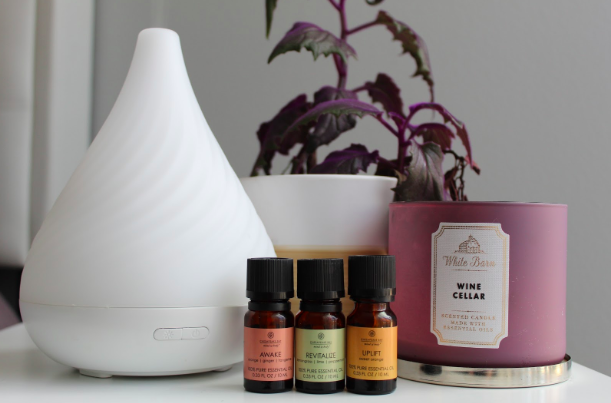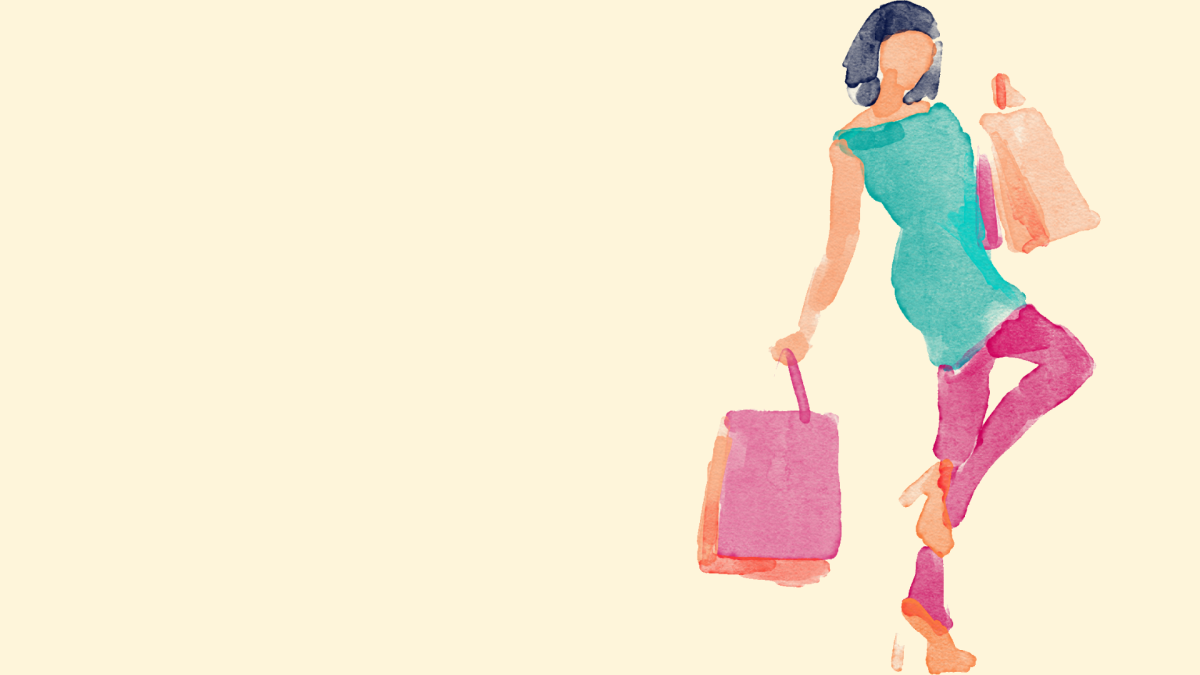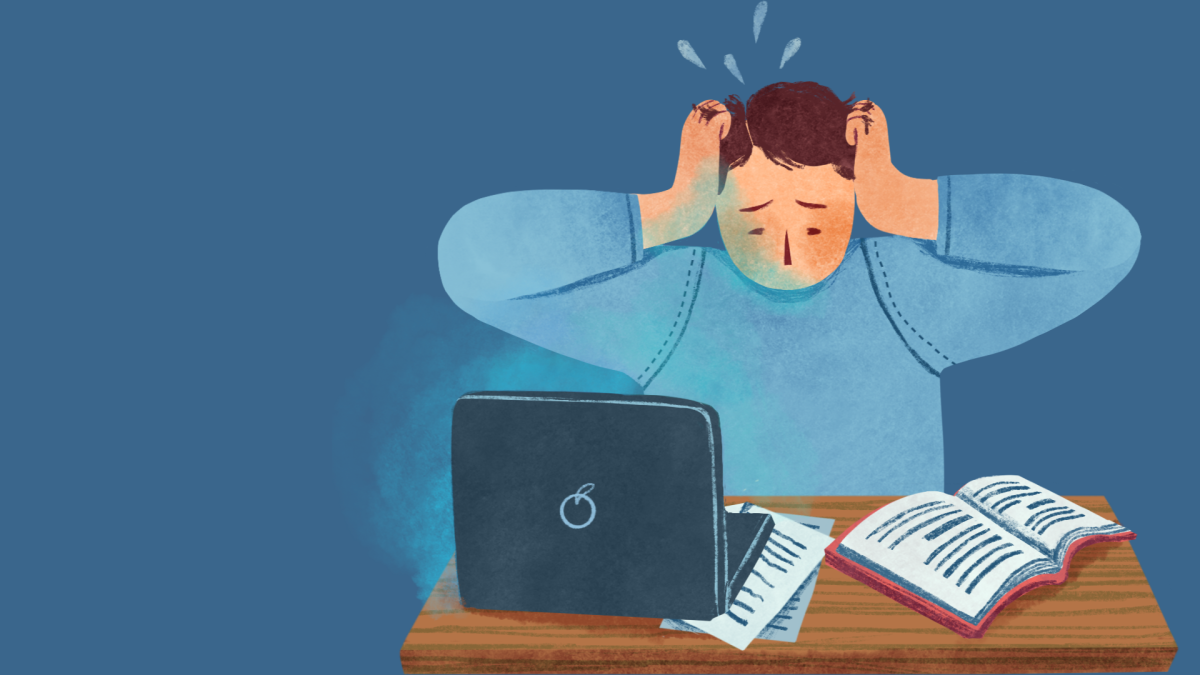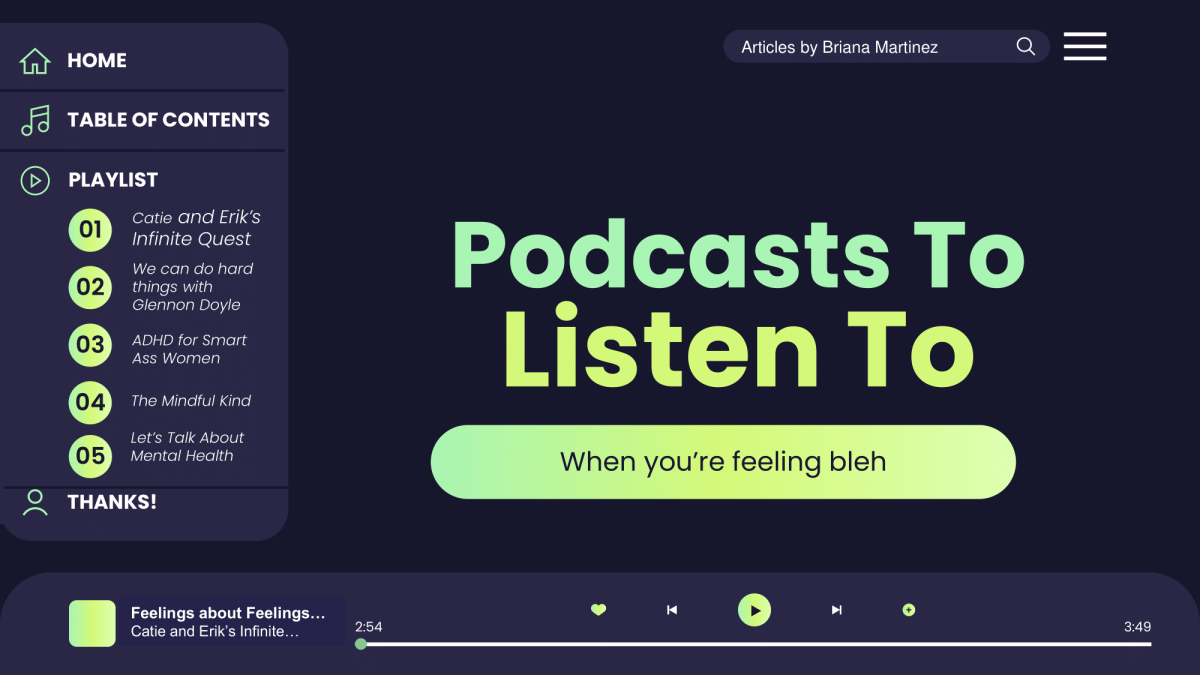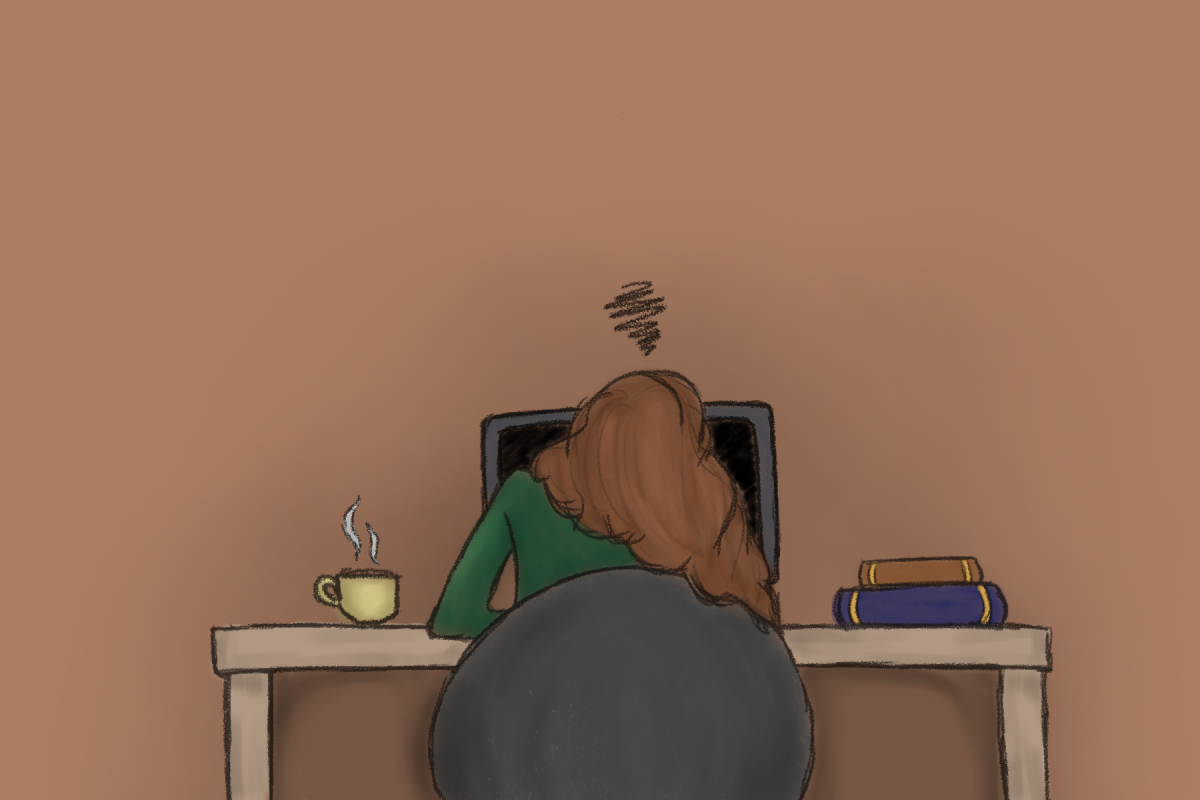First published in print.
From as early as 2000 B.C. to modern day, essential oils have been used for their natural healing properties.
These fragrant oils have been used to serve culinary, therapeutic, and medicinal purposes. Today, their healing properties are most often used in the practice of Aromatherapy. During this practice, plant and fruit fragrance oils are inhaled for therapeutic use.
Essential oils stimulate the limbic system in your brain, an area that controls sense of smell, emotions, and even other physical aspects such as breathing, heart rate and blood pressure. In the practice of Aromatherapy, essential oils can promote relaxation, improve mood behaviors, and even relieve physical signs of stress on the body.
Individuals who rely on essential oils for their therapeutic and medical purposes have studied the benefits of each oil and different ways to purpose them throughout daily practices.
Oils and Their Uses
- Lavender
Lavender is one of the most popular essential oils on the market, and is most commonly seen in soaps, candles and various other bath products. One of the primary uses of lavender is to aid in deeper sleep.
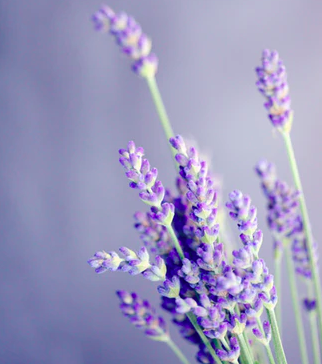
According to a 2005 study, participants who placed lavender essential oil on the center of their wrists engaged in deeper and longer sleep patterns. Lavender has also helped individuals diagnosed with insomnia.
2. Sandalwood
Although not as well known as lavender, sandalwood is another oil that is commonly used to calm and soothe. Research shows sandalwood can help mitigate individual cases of anxiety.
A 2006 pilot study by Complementary Therapies in Clinical Practice concluded that sandalwood oil relieved more stress and anxiety from participants that other complementary oils.
3. Bergamot
The essential oil bergamot is another oil that can be used as a mood enhancer.
A 2011 study measured the use of bergamot and its effect on the participants emotionally and physically. The participants rubbed bergamot oil on their abdominal area and results showed a decrease in pulse rate, and systolic and diastolic blood pressure. Participants also described their moods as “more calm” and “more relaxed.”
4. Chamomile
Chamomile is a plant most commonly used in herbal teas, but research shows that there are benefits of the essential oil as well.
A 2009 study conducted by University of Pennsylvania School of Medicine founded that participants who placed chamomile essential oil on various points of their body showed reduced signs of anxiety and depression than people who used the placebo oil.
How to Use Oils
There are many different ways you can feel the benefits of essential oils.
- Essential Oil Diffuser
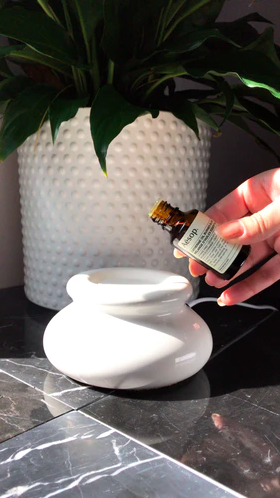
One of the most common ways to use oils is by an essential oil diffuser. An oil diffuser will mist out a combination of water and oil over an extended amount of time. Diffusers also add humidity to the air making your environment more calming and comfortable.
2. Shower Steaming
Another way to diffuse oils is in your bathroom. When taking a shower, place a few drops of essential oil by the shower drain. As shower heats up, the oils will begin to steam with the hot water, making your shower a luxury experience.
3 .Adding Oils to your Skin
Many people’s preferred use of oils is to apply them directly to the skin. The important thing to remember when using this practice is to dilute your oils with a secondary unscented oil such as caster oil or sweet almond oil. Some key places to rub the oil are wrists, temples, behind the ears and the bottom of your feet.
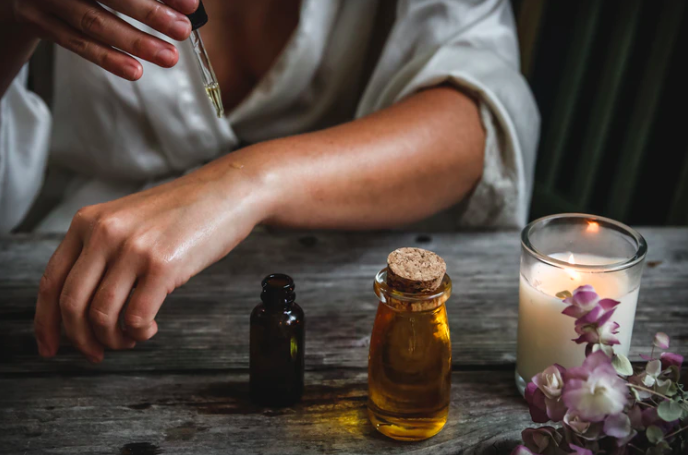
Essential oils have helped individuals re-center, relax and rehabilitate. However, essential oils do not work for every person and cannot replace modern medicine or doctor visits. Mental wellness is a unique journey for each individual and it is important to practice what feels right for you.





